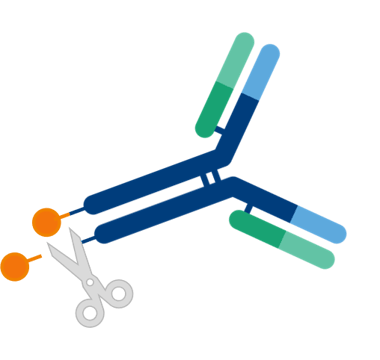Jan 19, 2023 10:56:08 AM
Perfusion vs. Fed-batch Bioreactors - are there any Differences in Protein Quality?
By Elinor Meiby

According to a relatively newly published journal article (Bielser et al. Aug 20 2019, J Biotech), there has been a renewed interest in the science community in perfusion cell culture technologies for continuous and efficient production of therapeutic recombinant proteins.
This led to the interesting comparison between traditional fed-batch bioreactors to perfusion bioreactors for protein quality and productivity. For this comparison, the bioreactors cultivated a CHO cell line that expressed a conjugated protein consisting of a monoclonal antibody linked to another protein by a linker to the C-terminal of the heavy chain. The bioreactors were compared with regard to various critical quality attributes of the protein produced by each bioreactor.
The quality of the produced protein was measured as samples were taken from each bioreactor with regular intervals. The samples were purified using PhyTip® columns and then used to determine the glycosylation pattern, as well as the percentage of aggregates and charge variations. The percentage of clipping was also evaluated, i.e. the separation of the linked protein to the monoclonal antibody leading to loss of the biologic function.

Figure 1. Clipping: when the linked protein and the antibody is separated.
Protein Analytics
The result from the study showed increased volumetric productivity in the perfusion bioreactor. Also, levels of clipping were significantly lower in the perfusion bioreactor compared to the fed-batch reactor due to lower residence time of the protein inside the bioreactor. This also led to the distribution of charge variants of the protein being more uniform with higher presence of the main charge variant compared to protein from fed-batch bioreactors. In addition, the levels of aggregates were lower in the perfusion bioreactor. The glycosylation pattern was also significantly different in the various bioreactors.
Overall, there were significant differences in protein quality between the two bioreactor types. The authors argue that these results are due to the inherent characteristics of continuous production processes.
The entire journal article can be found here.
Published: Jan 19, 2023 10:56:08 AM


